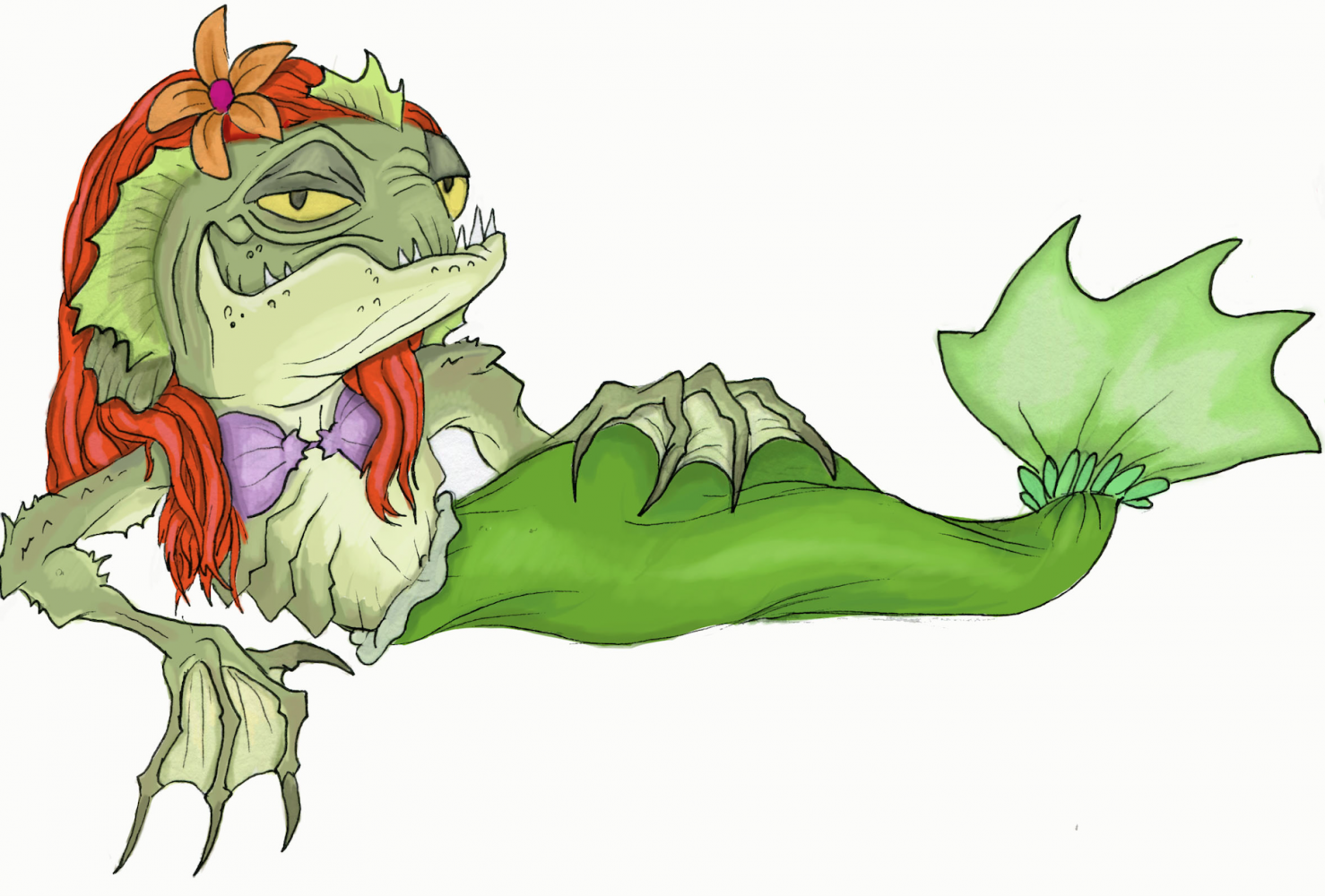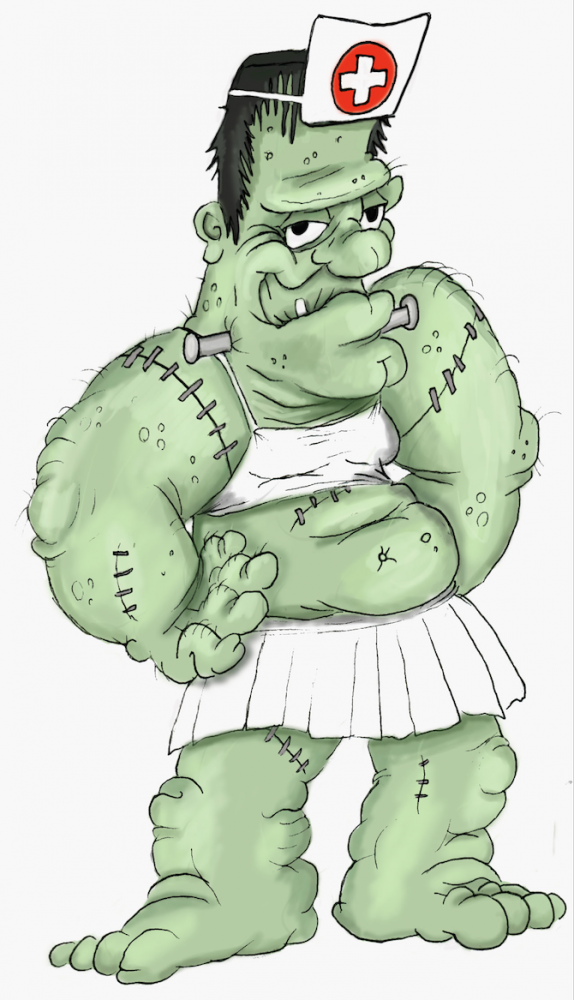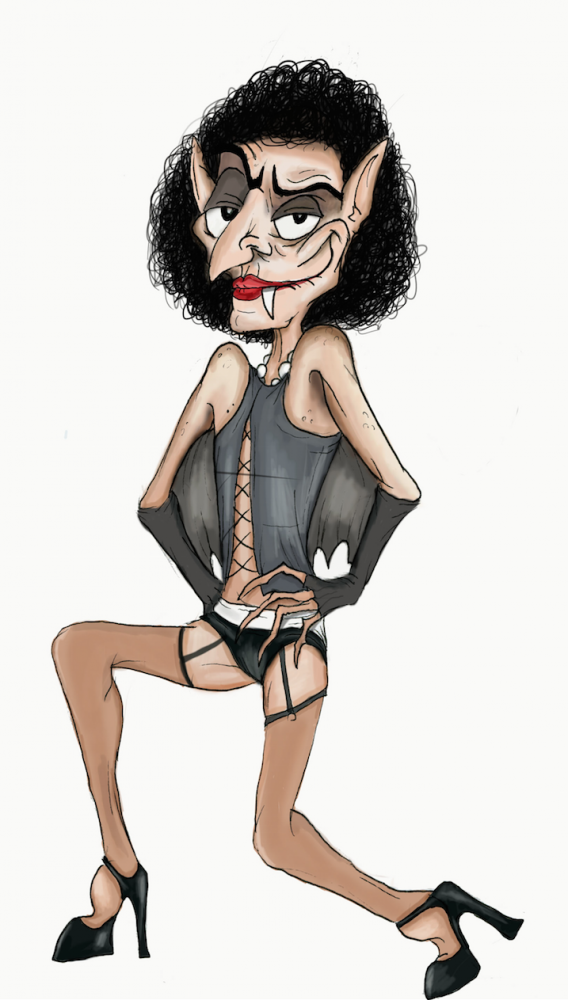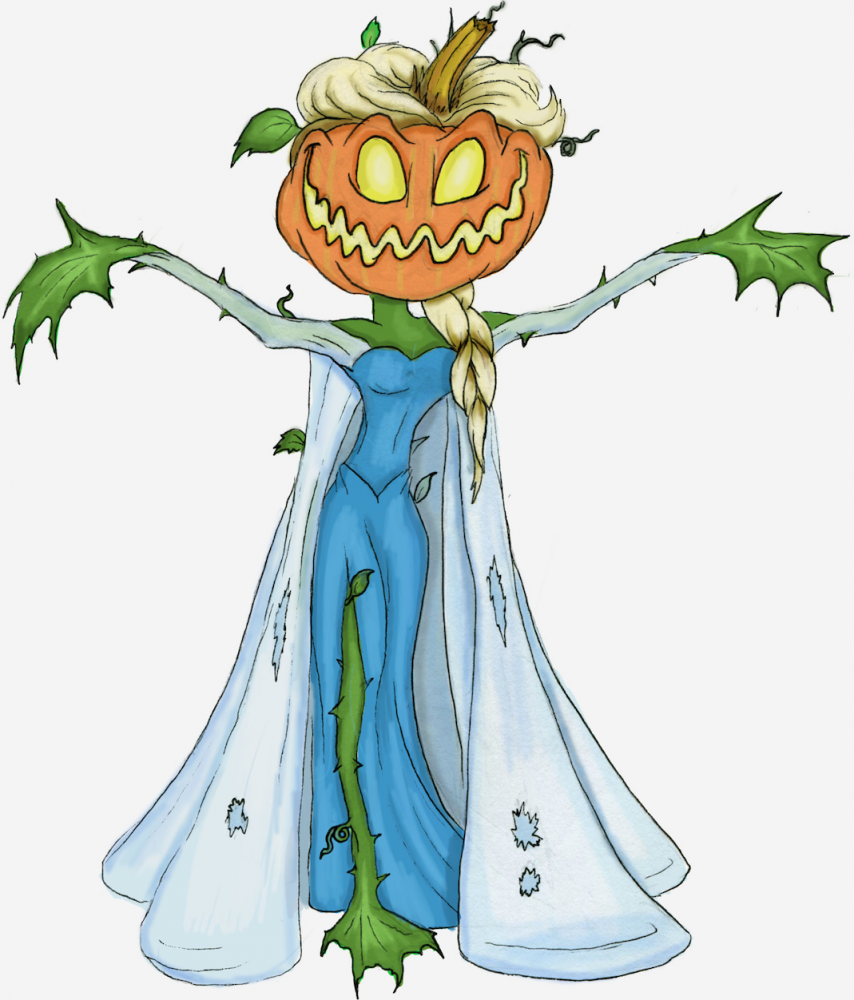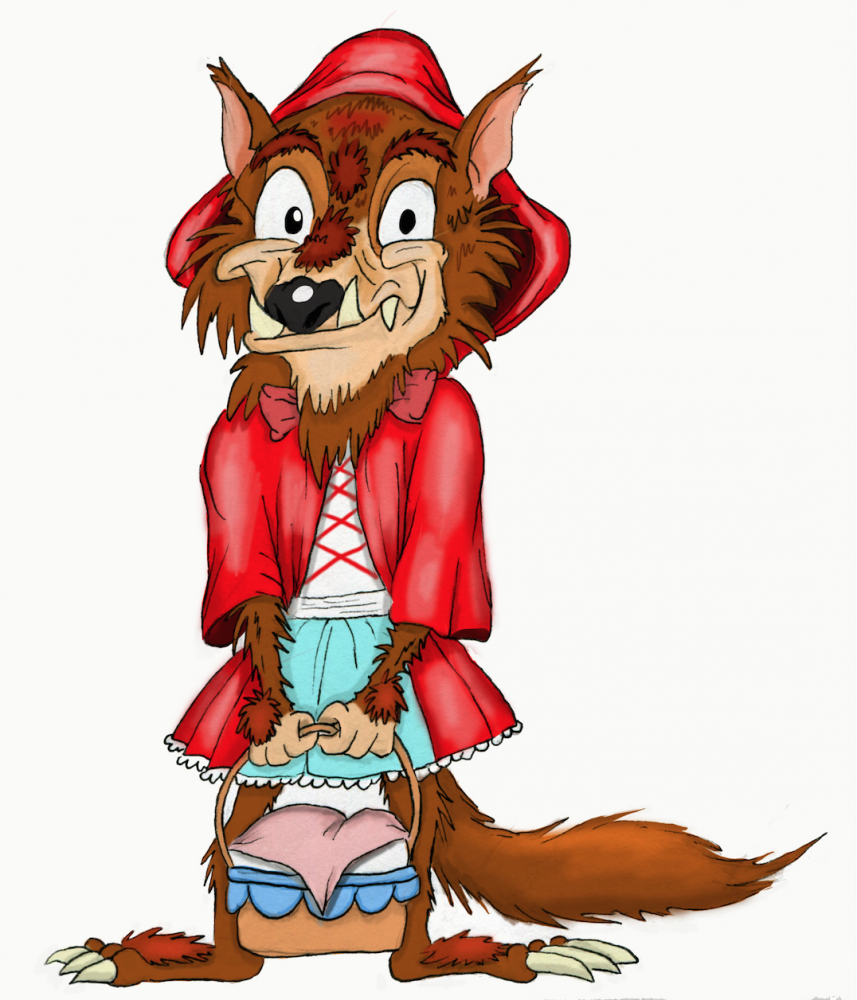Showing Skin: The Ethics of Sexy Halloween Costumes
by Alissa Roy | published Oct. 3rd, 2015
“Halloween is the one day a year when a girl can dress up like a total slut and no other girls can say anything else about it."
This seemingly insignificant quote from the popular movie “Mean Girls” opens up a whole floor of ethical debate surrounding the murky topic of sexualization of Halloween costumes for young women. “Sexy” costumes are a tradition for modern-day Halloween celebrations; in 2006, a costume store owner told the New York Times that 90 to 95 percent of her female costumes had a "flirty edge." Going "sexy, not scary" to a party is not a new concept. However, in more recent years this tradition has increased exponentially, and it has started filtering down toward younger and younger generations of women. of her female costumes had a "flirty edge." Going "sexy, not scary" to a party is not a new concept. However, in more recent years this tradition has increased exponentially, and it has started filtering down toward younger and younger generations of women.
Inside Run-of-the-Mill Costume Shops
Walking into a Halloween store, women smile on the packages of endless scanty costumes. To a certain extent, this is basic consumer demand. According to Forbes Magazine, $2.6 billion is spent on Halloween costumes annually in the United States, and over half of that comes from adults. A consenting adult deciding to spend her money on “sexy” costumes is one thing. Many adult women find the freedom to dress however they like empowering, or see it as a rare chance to explore their sexuality without others passing judgement.
The problem is that this defense does not work with young girls and teens. While adults have the ability to consent, girls age 13 and younger do not — and the increasing sexualization of Halloween costumes is beginning to affect them more and more.
Looking at the boy's costumes, the picture on the front of any one will show a boy, perhaps 11 or 12, wearing what looks like a replica of a policeman costume, except miniature. Not surprising; that might be what is expected in the "career costume" section. It holds true for one side of the store, but when you venture into the girls' side, it's a very different story. The picture on the front of the female police costume shows a girl, also around 11 or 12, also dressed in a police uniform — except they are wearing high heels and the uniform isn’t really a uniform, but rather a fluffy police-blue miniskirt with a badge pinned against her developing chest. Costumes such as this spanned across more than half of what is available for young girls.
Going through Party City’s selection of career costumes, you might notice another strange phenomenon: almost all of the young girls' “career” costumes show girls twisting themselves into suggestive poses for costumes such as cop, car hop and pop star. This is in stark contrast to the boys, all of whom are smiling toothily as a cop, admiral, king, construction worker, racecar driver, SWAT member, duck hunter or fireman, among other jobs.
Are you beginning to see a pattern?
Switching over to the adult "career" costumes, the women are all wearing the same types of career outfits as the younger ones, but even more scantily-clad than their younger counterparts. Some of the men had skin exposed, but not nearly as much as any of the women, despite the fact that there were many more careers for men to choose from.
So you begin to wonder: what is really happening here? Is Halloween being marketed to sexualize women from a young age? Is society making young girls feel as though there isn’t much of a choice other than to dress “sexily?” Is this making it seem as though society is valuing looks over intellect, ethics, character, et cetera? And what are the long-term implications?
The Effects of Sexualization on Young Women
“Little girls are taught that there is value in their appearance from the very beginning … Little girl’s costumes are pretty, no matter what they are,” said Darci Lane-Williams, the director for the Center for Women and Gender at RIT. “That goes with the bigger societal problem that women are to be judged by their appearance and their looks. When you get to the women’s costumes, everything is sexy.”
An American Psychological Association study performed in 2007 said that “the proliferation of sexualized images of girls and young women in advertising, merchandising and media is harmful to girls' self-image and healthy development.” This statement refers to the views society has of women in general and isn’t just referring to Halloween; however, Halloween can be seen as the one day a year on which these problems are more noticeable.
“It’s a reflection of our larger society,” said Lane-Williams. “So much is placed on us being attractive." Lane-Williams went on to explain that even though women are gaining larger traction in society and it is socially acceptable for them to perform more roles than just homemaker, they are still expected to be sexy while doing so.
“Young women better have a really strong sense of self to exist in this world right now,” Lane-Williams said.
What Can We Do About It?
The over-sexualization of young women cannot be summed up in any easy way, and it is difficult to quantify how these costumes will affect girls in the years to come. Some may feel that they have little to do with this problem. Dressing up sexy one day a year, what can be the harm in that? It isn’t wrong to express sexuality, and if anything, why should this be limited to only one day a year? Others may see this one day as a larger problem in our society. Are girls being taught that their sexuality and looks should be valued above other traits from a young age, and do sexy Halloween costumes play a significant part? These questions don't yet have definitive answers. However, this is an issue that should be acknowledged, and not ignored.
Quite the ethical conundrum that's sure to terrify the mind.



